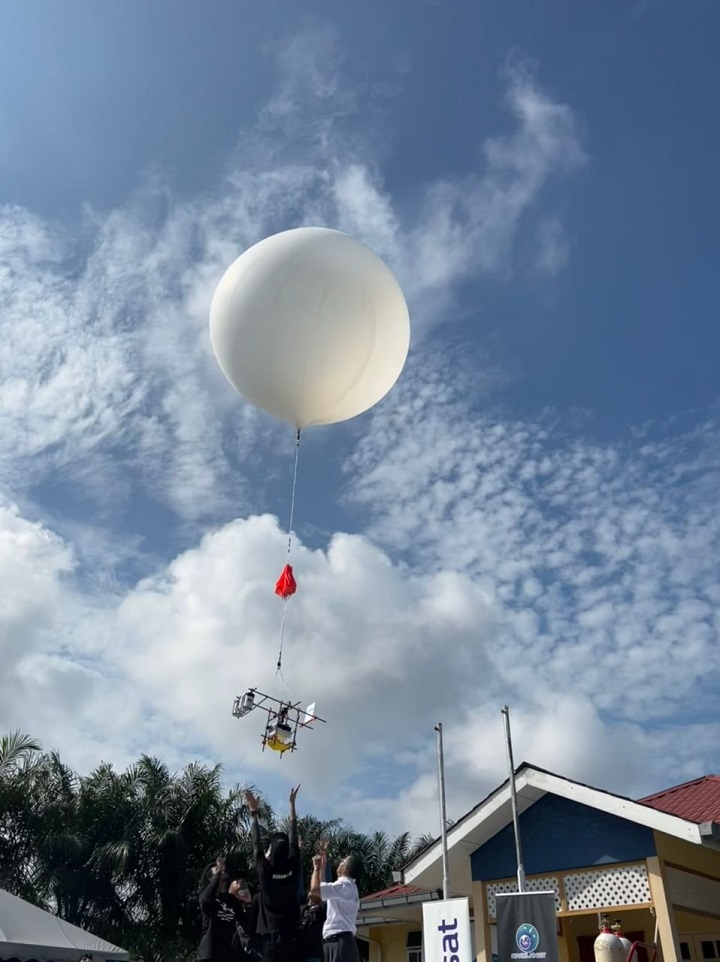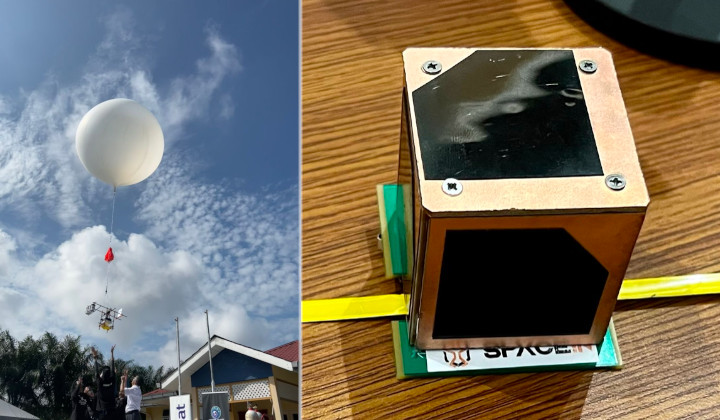Recently at SEMICON Southeast Asia 2022, in Penang, SpaceIn announced that it has partnered up with Elliance and Wondernica to develop an Internet of Things (IoT) Satellite.

SpaceIn is a spin-off company of University Malaysia that was started by three Postgraduate Students from the USM Space System Lab (USSL).
It is now led by its founder and CEO, Dr. Norilmi Amulia Ismail.
Their core product is an educational picosatellite product called CanSat Kit that uses balloons to get to the edge of space. It made them the only company in Malaysia that provide near-space platform services through High Altitude Balloon.

While their core remains the same, SpaceIn has also been developing a small satellite with the goal to make satellite service more accessible to more developers.
To accomplish their new mission, SpaceIn has signed an agreement with Elliance, a company that specialises in providing IoT customised solutions and Wondernica Technologies, a business venture that is invested in manufacturing IoT devices, especially in the field of agriculture.
At the signing, SpaceIn brought along the mockup of their first 1p size picosatellite called SpaceANT.
The unassuming object looks like a copper cube with electronics circuits and an antenna on one side and solar panels on the other five sides.

We were told by the SpaceIn Business Development manager, Ahmad Tamimi that a test launch of one of these satellites will be done via SpaceX this year while up to 40 of the picosatellites will be launched to create the IoT network in the coming years.
The size and capability of the SpaceAnt makes it relatively affordable. It measures 5cm cubed and weighs only 250g.
Because it does not have a balancing or thruster mechanism, it is designed to tumble in a polar low earth orbit or sun-synchronous orbit and have a lifespan of between 6 months to a year.










